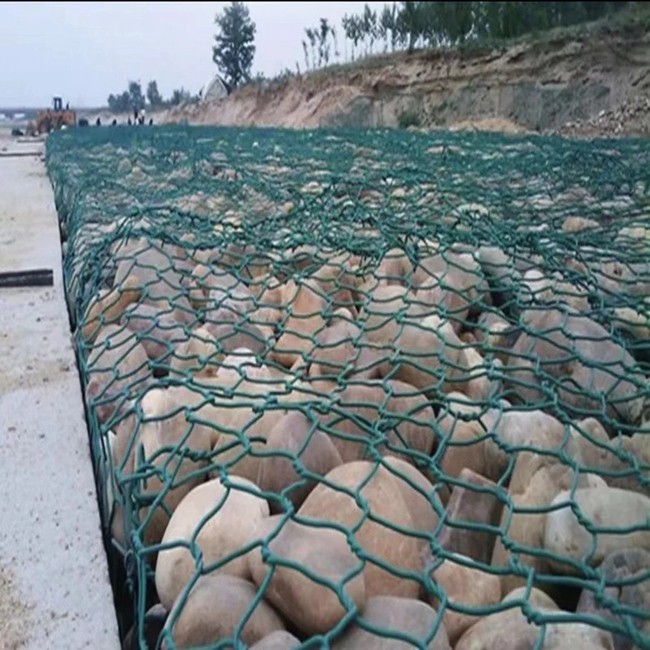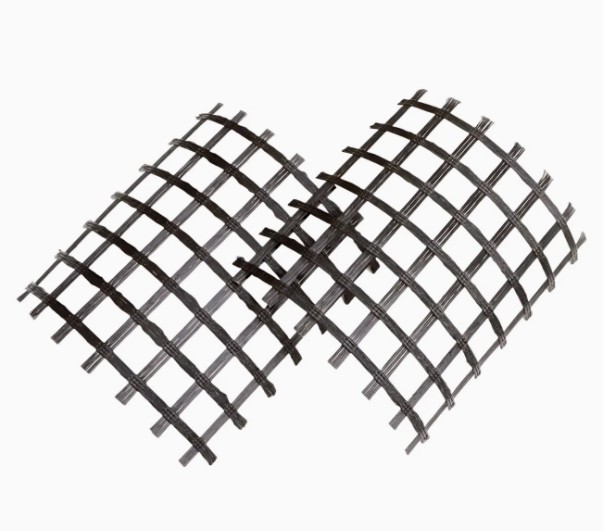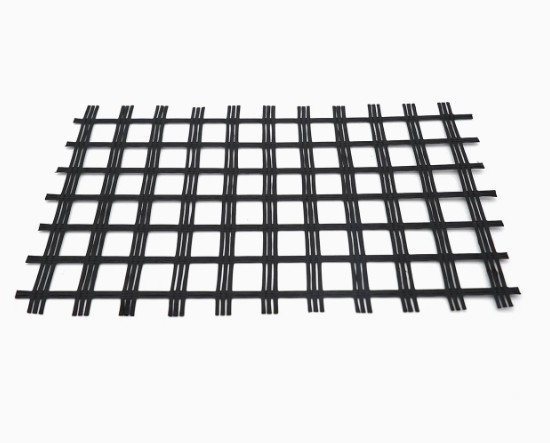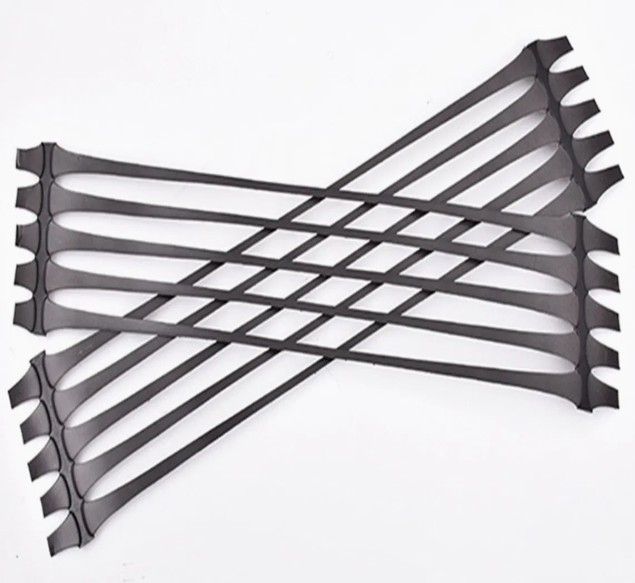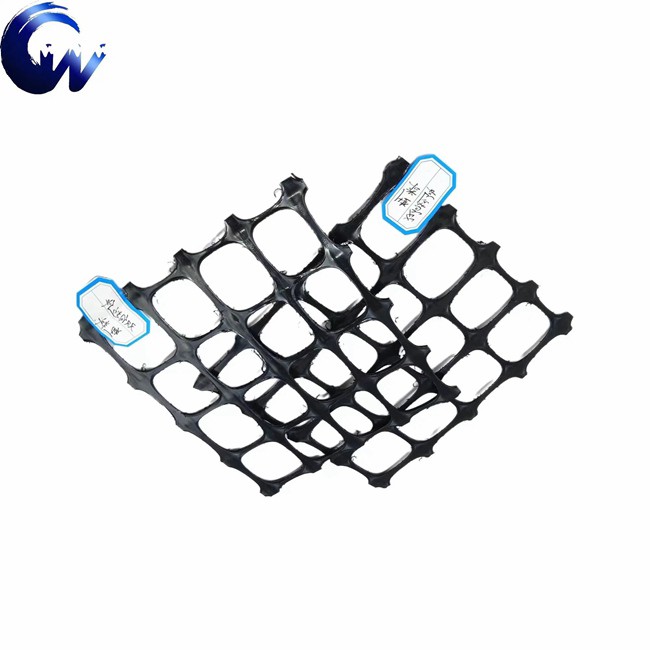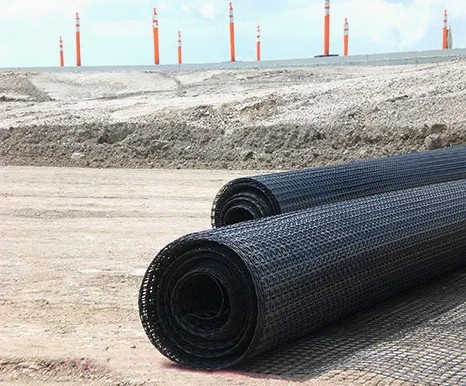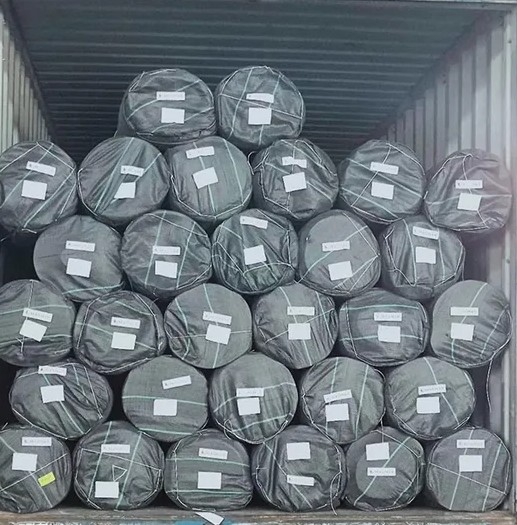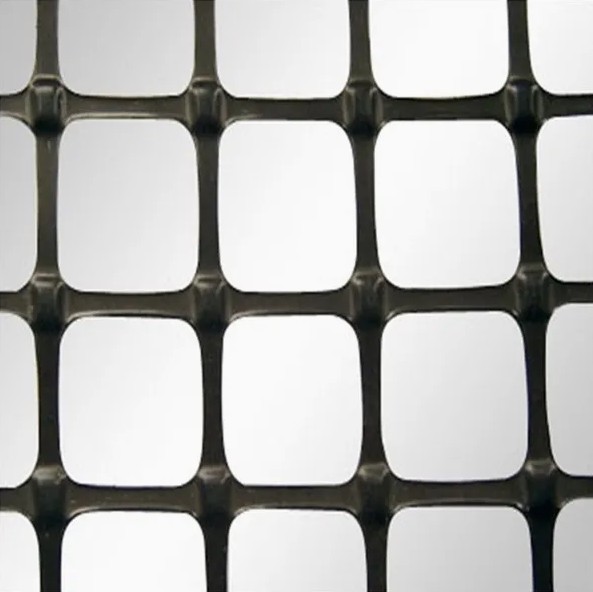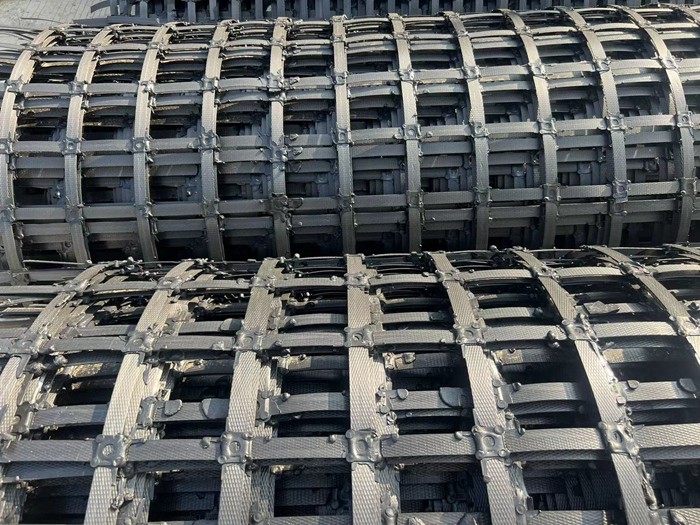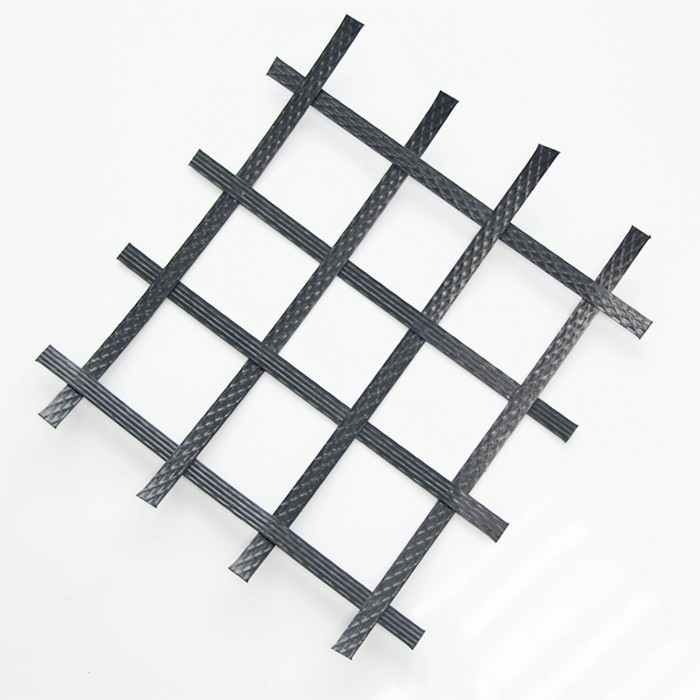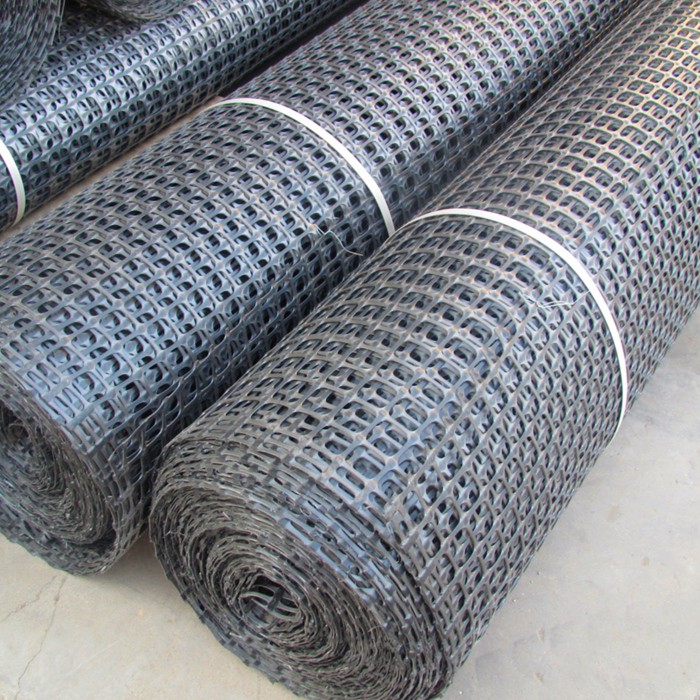Welcome!


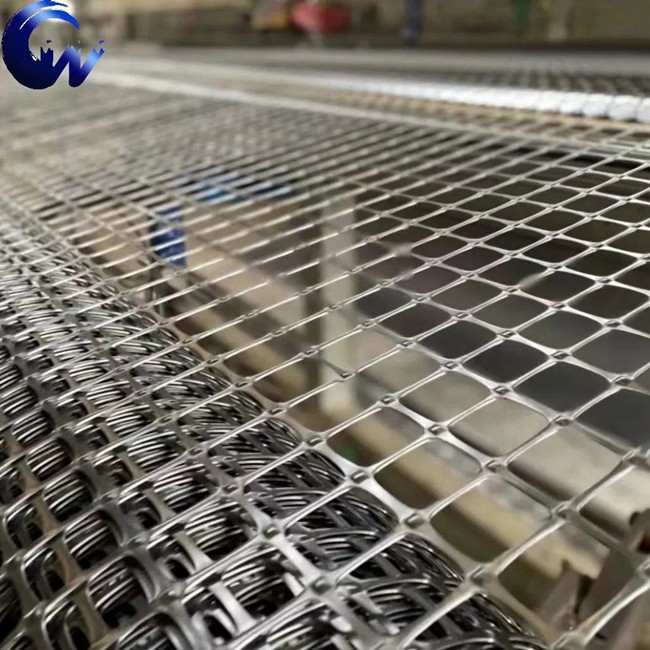
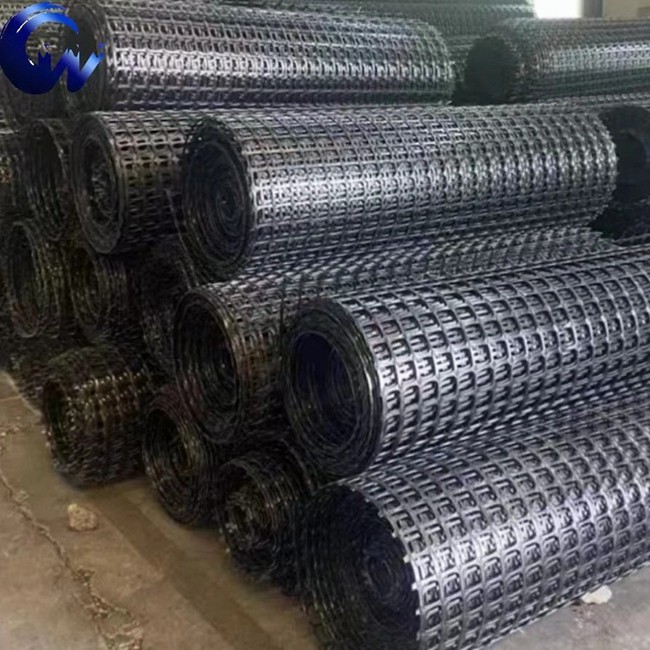

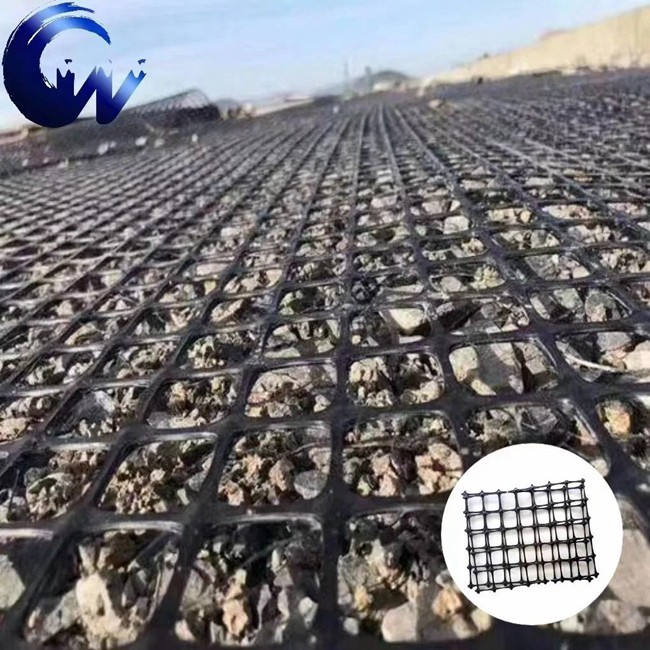
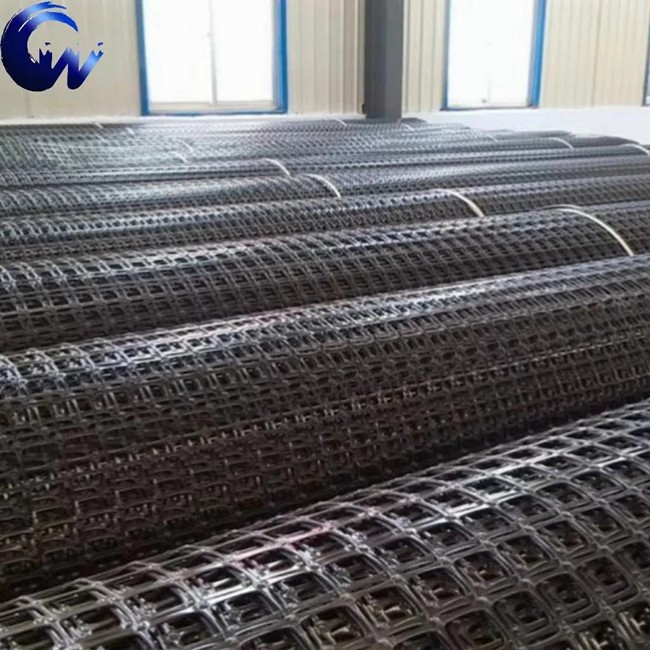
Factory Wholesale Non Adhesive Biaxial Glassfiber Geogrids Plastic Geogrid for Reinforcement Earthwork
Product Description
In civil engineering, geogrids are widely used in various fields, including but not limited to road construction, railway engineering, water conservancy engineering, environmental engineering, foundation treatment, and slope protection. By laying it on the surface or inside of the soil that needs to be reinforced, geogrids can effectively disperse and transmit loads, limit lateral displacement and settlement of the soil, and thereby enhance the overall stability and durability of the soil.

Geogrid is a flat mesh structure material made by special processing of polymer materials. It has excellent characteristics such as high strength, high modulus, corrosion resistance, aging resistance, light weight, and easy construction. The main function of geogrids is to enhance the overall stability of soil, improve the bearing capacity and deformation resistance of soil through their grid structure.

PP geogrids play an important role in the field of civil engineering due to their unique performance and wide range of applications. With the continuous progress of technology and changes in market demand, PP geogrids will continue to be optimized and improved, injecting new vitality into the development of civil engineering. In the future, we have reason to believe that PP geogrids will demonstrate their outstanding performance and unlimited potential in more fields.
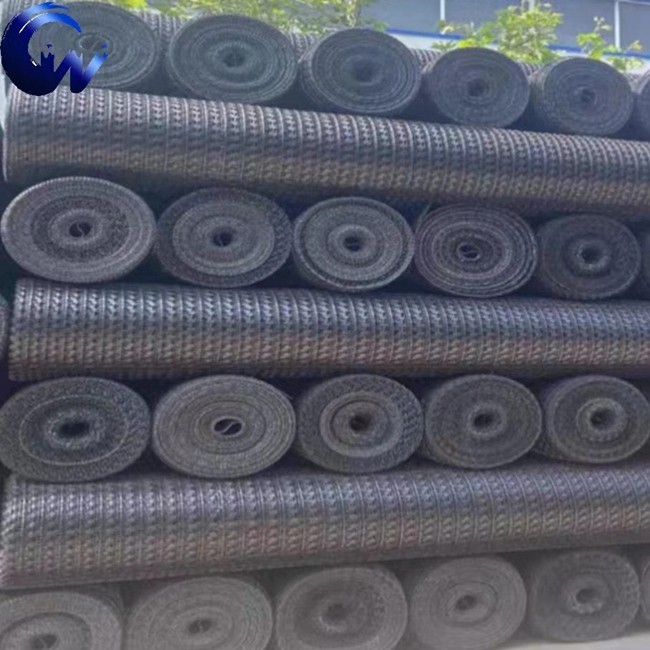
Biaxially stretched plastic geogrids are made from polypropylene (PP) or polyethylene (PE) as raw materials through plasticization, extrusion of sheets, punching, heating, longitudinal and transverse stretching. The effectiveness of using bidirectional geogrids is closely related to the treatment of the paved road surface. Before paving, it is necessary to thoroughly clean substances on the road surface that may affect the bonding strength between the geogrid and the underlying layer, such as grease, paint, sealing materials, water stains, dirt, etc., to ensure that the paving surface is clean and dry. Excavate the foundation bed, set up a sand cushion layer (with a height difference of no more than 10cm), roll it into a platform, lay a grid, and the longitudinal axis should be consistent with the main force direction. The longitudinal overlap should be 15-20cm, and the transverse overlap should be 10cm. Use plastic tape to tie and overlap. When laying the grid, fix it on the ground with U-shaped nails every 1.5-2m. The laid geogrid should be backfilled in a timely manner, and the number of layers should be determined according to technical requirements.


Recommended Products
Recently Viewed
Contact Us
Anhui Chuangwan New Material Co., Ltd.




